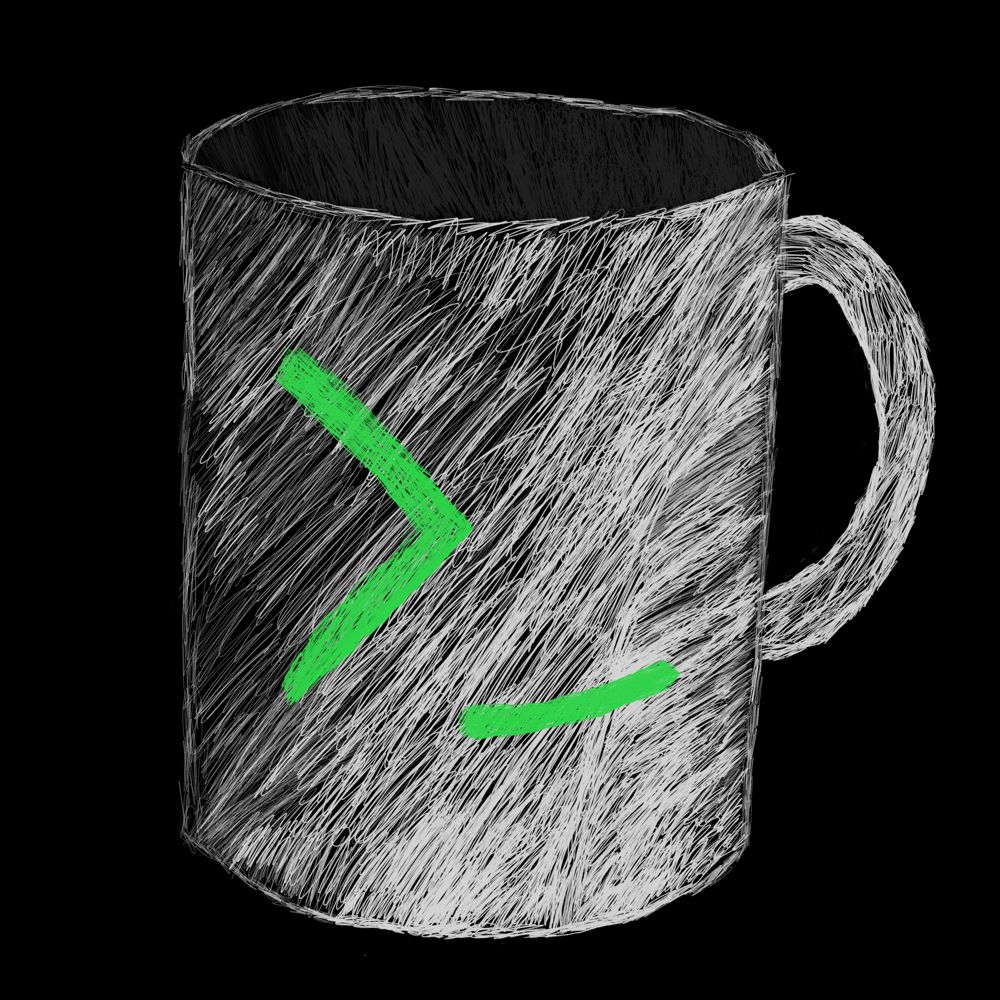My main troubles with Wine were when I tried to get Roblox to run under it. It ran, but only barely, and I don’t quite know why, but I had to use Grapejuice to get it to run without feeling like it was running on a low-end computer from 2005.
I do various technology related things. You can find my website here, which has links to my weblog, projects, and profiles on other services.
- 0 Posts
- 18 Comments
I was thinking someone could make a firmware like Tasmota but for printers that can be installed on many existing printers, and a company could make a printer that runs that is designed to run that firmware just like how you can get smart home devices designed to run Tasmota. Also, we just need printers that properly support IPP.

 2·1 year ago
2·1 year agoThe only issue I have with Ardour is that all plugins need to be installed separately (assuming OP hasn’t installed them already).
I recently purchased a copy of Ardour, and I have noticed that, but I have found most basic plugins can be found for free.
nothing wrong with more options :)
Options are key.

 3·1 year ago
3·1 year agoArdour should be able to do that.

 3·1 year ago
3·1 year agoI don’t believe LMMS can do audio tracks, so Ardour would be the one to go with.

 2·1 year ago
2·1 year agoI am planning on writing a graphical interface for gphoto2 (a Linux camera remote library) which will allow for tethered shooting and some other neat things (like using a computer as an intervalometer). I might also write a web interface for it, so it will allow for using a table or phone to remote control a camera and allow the user to check on timelapses, but it will take a while to get it all to work.

 3·1 year ago
3·1 year agoI have been experimenting with using Inkscape and OpenSCAD for 3d modeling, and it seems to work for what I do, but I know quite a few people prefer a more graphical interface than OpenSCAD.
Wine can be difficult to get working right (I have tried to use Wine for a few things before and I also had issues with it that I couldn’t solve), so it doesn’t surprise me that it doesn’t work right for you. It is a miracle that they can get any apps to run on a completely different operating system, and audio software tends to be very complicated and often depends on system APIs.
I wonder if even just an open source firmware for printers could work.
I have a Brother printer that barely works with anything, but on Linux it works perfectly fine.
It looks like at least FL Studio can work with Wine, but you have to use ASIO for audio.
I think music production software uses some system APIs that might not even be possible to replicate with Wine or Proton.

 1·1 year ago
1·1 year agoI do not believe there is any way to change it without connecting directly to the device’s circuitry, and in some widgets it may even be stored in the ROM, so a Flipper Zero would not be of much help (unless the board has some sort of programming interface you could connect to the Flipper Zero).

 1·1 year ago
1·1 year agoI am also looking at either getting an FDM or SLA printer, but I am more wondering about the cost of materials than the print quality (most of my projects are small but do not require much detail - they are mechanisms that do not need to be super precise, just printed well enough that components fit) and I have heard that the resin used for SLA is much more expensive than FDM filament. I was wondering to what extent that price difference is.

 4·1 year ago
4·1 year agoYou might be able to use WebScreensaver.



I am sure you probably could get FL Studio to run as well with some time and research.